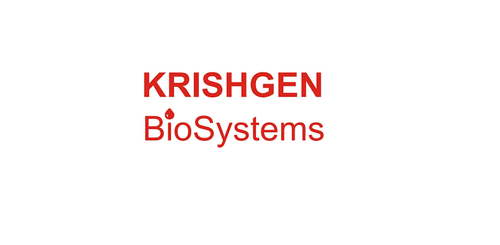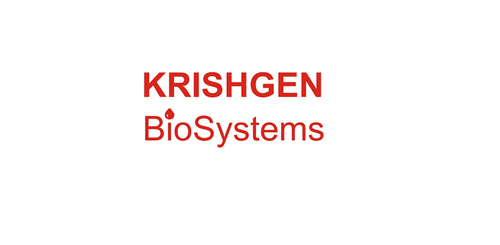Product Description
Mouse Neurabin-2 (PPP1R9B) ELISA Kit | AE26268MO | Abebio
Species Reactivity: Mouse (Mus musculus)
Abbreviation: PPP1R9B
Alternative Name: FLJ30345; PPP1R6; PPP1R9; SPINO; Spn; Neurabin-2|neurabin II|protein phosphatase 1; regulatory subunit 9B|protein phosphatase 1; regulatory subunit 9B; spinophilin|spinophilin
Application: ELISA
Range: 46.88-3000 pg/mL
Sensitivity: 11.72 pg/mL
Intra-Assay: ≤5.6%
Inter-Assay: ≤10.2%
Recovery: 1, 08
Sample Type: Serum, Plasma, Other biological fluids
Detection Method: Sandwich
Analysis Method : Quantitive
Test Principale: This assay employs a two-site sandwich ELISA to quantitate PPP1R9B in samples. An antibody specific for PPP1R9B has been pre-coated onto a microplate. Standards and samples are pipetted into the wells and anyPPP1R9B present is bound by the immobilized antibody. After removing any unbound substances, a biotin-conjugated antibody specific for PPP1R9B is added to the wells. After washing, Streptavidin conjugated Horseradish Peroxidase (HRP) is added to the wells. Following a wash to remove any unbound avidin-enzyme reagent, a substrate solution is added to the wells and color develops in proportion to the amount of PPP1R9B bound in the initial step. The color development is stopped and the intensity of the color is measured.
Product Overview: Spinophilin is a regulatory subunit of protein phosphatase-1 catalytic subunit (PP1) and is highly enriched in dendritic spines, specialized protrusions from dendritic shafts that receive most of the excitatory input in the central nervous system.To identify proteins that interact with the ARF protein encoded by the CDKN2A gene, Vivo et al. (2001) used a yeast 2-hybrid screen of a human brain cDNA library with an ARF fusion construct as bait. By database searching with the identified clones, they reconstructed a full-length cDNA of human spinophilin. The deduced 813-amino acid protein shares 95% sequence identity with the rat homolog and contains an F-actin binding domain, a PP1C binding site, a PDZ domain, and a myosin-like left-handed alpha helix.
Stability: The stability of ELISA kit is determined by the loss rate of activity. The loss rate of this kit is less than 5% within the expiration date under appropriate storage condition. The loss rate was determined by accelerated thermal degradation test. Keep the kit at 37°C for 4 and 7 days, and compare O.D.values of the kit kept at 37°C with that of at recommended temperature. (referring from China Biological Products Standard, which was calculated by the Arrhenius equation. For ELISA kit, 4 days storage at 37°C can be considered as 6 months at 2 - 8°C, which means 7 days at 37°C equaling 12 months at 2 - 8°C) .
 Euro
Euro
 USD
USD
 British Pound
British Pound
 NULL
NULL








